What’s new in the blog?
..............
Body Language DISTRACTIONS You May Not Be Aware Of!
Read More...
So, let’s think about it for a moment. You’re stan...
Getting to the Heart of the Matter
Read More...
WHEN YOU ORGANIZE THE MAIN POINTS OF YOUR BODY - ...
Slide Through: How to Effectively use Slideshows in your Presentation
Read More...
Visual tools can be useful - and maybe a bit intim...
Don’t Forget to Posture Yourself!
Read More...
Did you know that your body language often speaks ...













